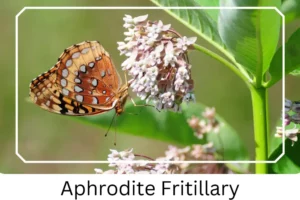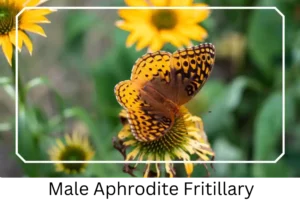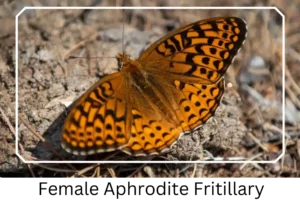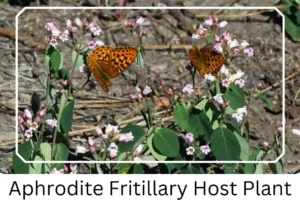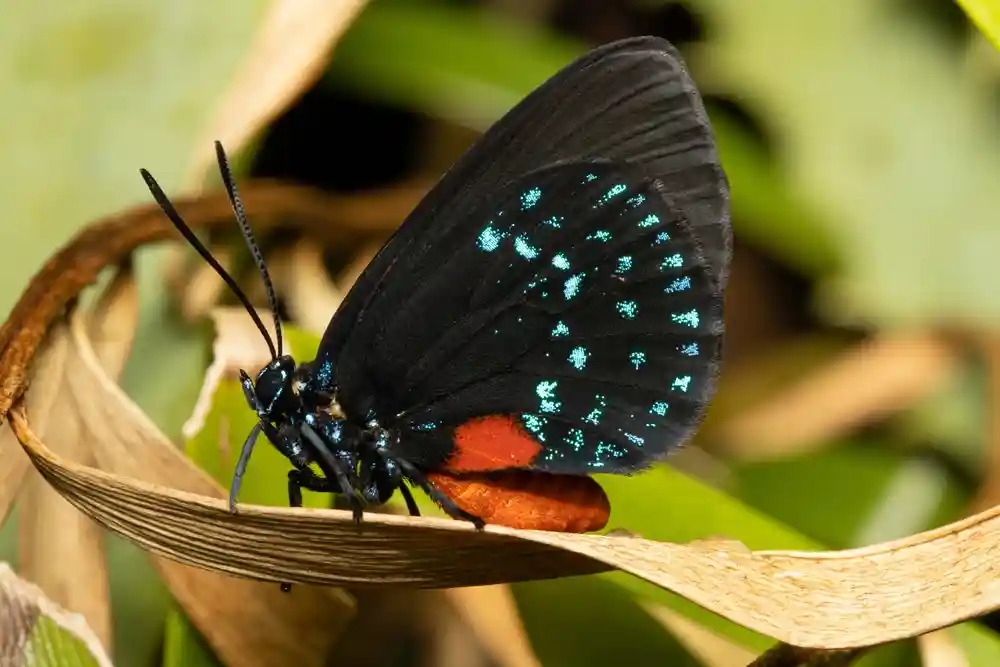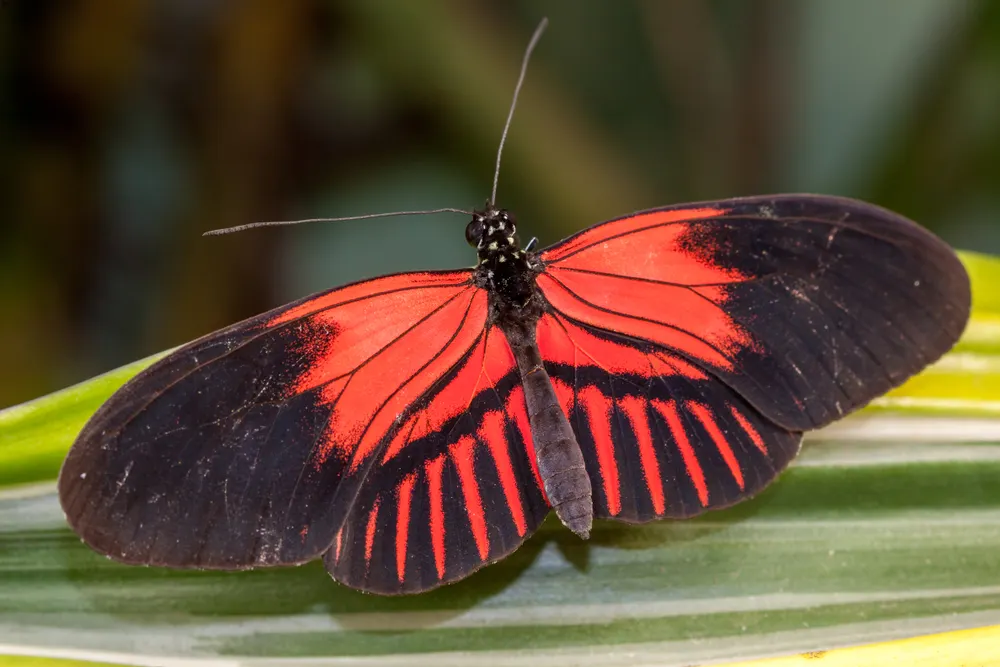Aphrodite Fritillary (Speyeria aphrodite)
The Aphrodite Fritillary, a captivating species of North American butterflies, flourishes in the warmth of May through July. This butterfly, distinguished by its unique characteristics and behaviors, is a marvel of nature’s design. Despite its beauty, it is often mistaken for its close relative, the Great Spangled Fritillary, due to their similar appearances. The Aphrodite Fritillary stands out not only for its aesthetic appeal but also for its intriguing lifecycle, from a distinctive caterpillar to its adult form.
Scientific Classification
- Family: Nymphalidae
- Genus: Speyeria
- Scientific Name: Speyeria aphrodite
Overview
The Aphrodite Fritillary thrives across North America, adapting to a variety of habitats from humid prairies to high mountain meadows. This resilience and widespread distribution speak to its ecological importance and adaptability. With a lifecycle that includes a remarkable transformation and a diet that contributes to pollination, the Aphrodite Fritillary plays a vital role in its ecosystem. Understanding its characteristics, behaviors, and the environment it thrives in offers insights into the complexity of ecological interactions and the beauty of biodiversity.
Description and Identification
Caterpillar
The mature larva of the Aphrodite Fritillary presents a striking appearance with a brownish-black body and brown spines. Its head is a contrasting light orange on the dorsal side and black on the ventral side, making it a fascinating subject for observation.
Pupa
Transitioning to the pupa stage, the chrysalis adopts a brownish-black hue with distinctive yellow wing cases. The abdomen is gray, adorned with spines, indicating the butterfly’s imminent emergence.
Adult Butterfly
Sexual Dimorphism: Absent in this species, both males and females display similar patterns and colors, emphasizing the species’ uniform beauty.
Color and Appearance: With wings opened, the adult butterfly reveals black dots or chevrons along the wings’ edges and black or brown lines closer to the body. The underside of the wings showcases an orange base with white dots, a stunning display of nature’s artistry.
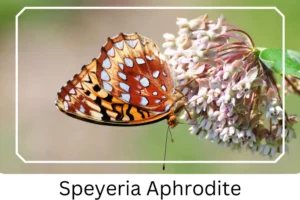
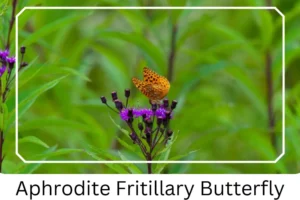 Average Wingspan: The wingspan ranges from 51 to 73 mm, a testament to its size and mobility.
Average Wingspan: The wingspan ranges from 51 to 73 mm, a testament to its size and mobility.
Flight Pattern: The Aphrodite Fritillary’s flight is characterized by an average pace interspersed with erratic flaps, a dance through the air that is both purposeful and whimsical.
Eggs
The reddish-brown eggs, laid individually on violet leaves, mark the beginning of a new lifecycle, emphasizing the butterfly’s relationship with its host plants.
Quick Facts | |
| Distribution | Found throughout North America. |
| Habitat | Prefers humid prairies, barren land openings, high mountain meadows, brushland, dry fields, open oak woods, and bogs. |
| Lifespan of Adults | Estimated to be around one year. |
| Host Plants | Primarily violet family plants. |
| Adult Diet | Primarily flower nectar, though they are also known to feed on dung, showcasing their adaptability. |
How to Identify Aphrodite Fritillary?
Identifying the Aphrodite Fritillary requires a keen eye for detail. Observers should look for the distinctive orange base coloration of the wings, adorned with rows of white dots when the wings are closed. The presence of black dots or chevrons along the wing edges is another key feature. The size of the butterfly, with a wingspan ranging from 51 to 73 mm, helps differentiate it from similar species. Additionally, the flight pattern—average pace with erratic flaps—can be a clue to its identification. Understanding these characteristics enables enthusiasts to recognize and appreciate this remarkable species in its natural habitat.
Did You Know?
- The Aphrodite Fritillary exhibits a ‘solar positive’ thermoregulation strategy, flying towards sunlight to maintain or regulate body temperature, showcasing an advanced adaptation for survival.
- This species’ preference for laying eggs on violet plants highlights a specific plant-animal interaction, emphasizing the importance of host plants in their lifecycle.
Conclusion
The Aphrodite Fritillary is more than just a beautiful butterfly; it is a symbol of the intricate connections within ecosystems. Its lifecycle, from the uniquely colored caterpillar to the elegant adult butterfly, illustrates the wonder of metamorphosis. By understanding and appreciating the Aphrodite Fritillary, we gain insights into the broader narrative of biodiversity and the importance of each species in maintaining the balance of nature. Whether observed in the wild or studied in depth, the Aphrodite Fritillary continues to enchant and educate us about the beauty and complexity of the natural world.

